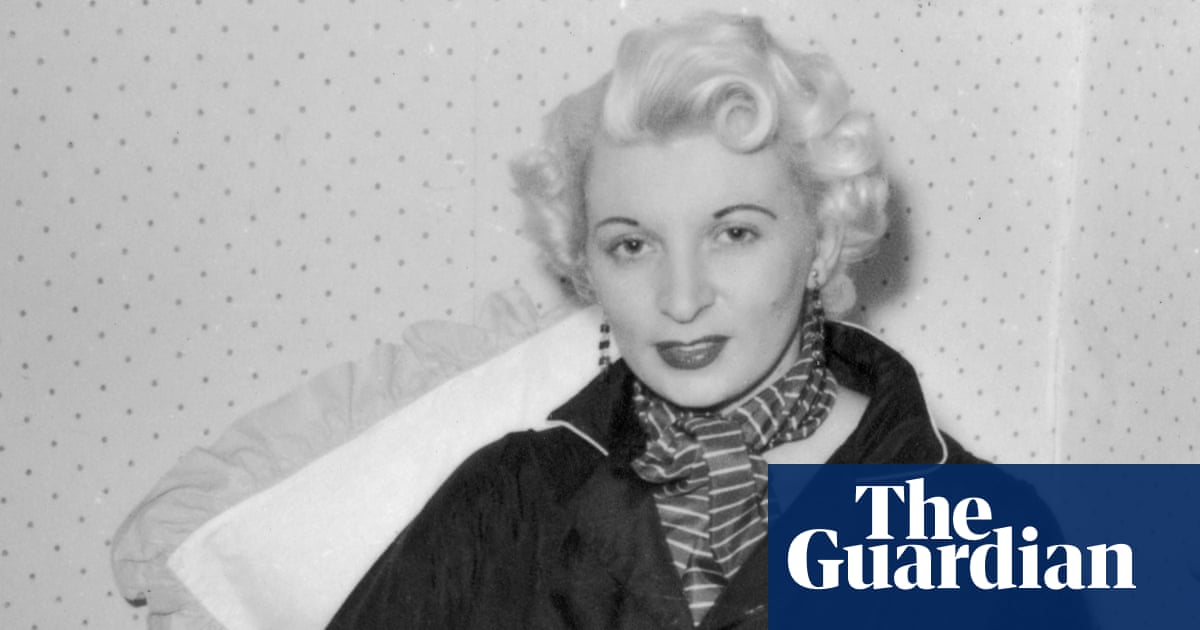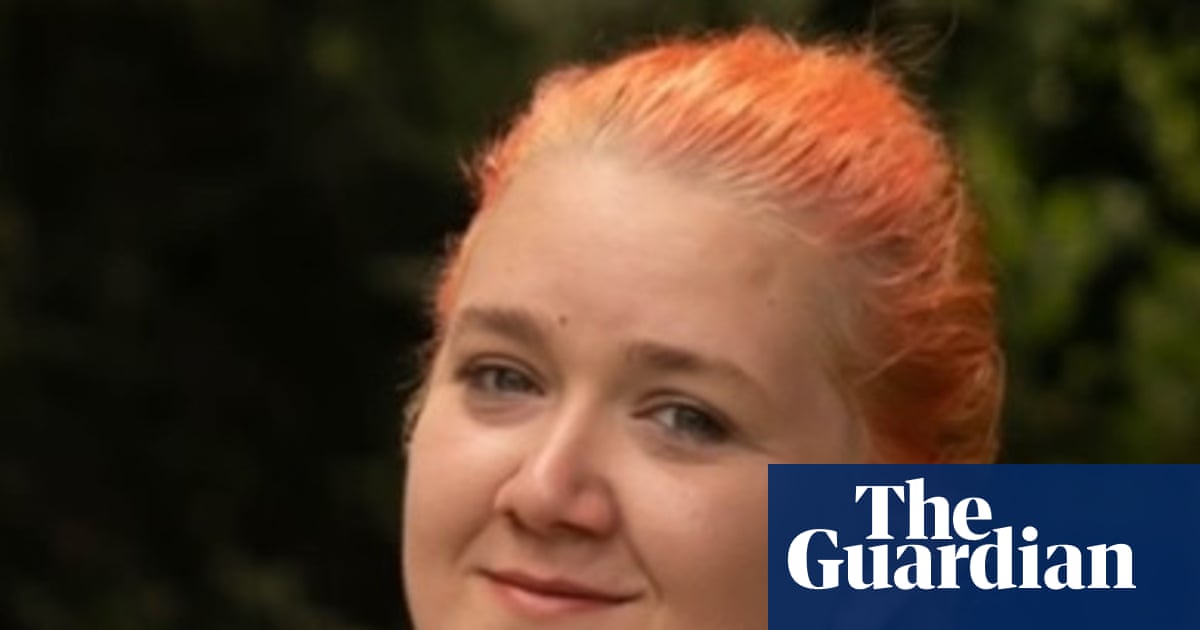The most memorable performances by the flame-haired actor Samantha Eggar, who has died aged 86, occupied two distinct camps: either terrified or terrifying. In The Collector (1965), she was Miranda, an art-school student abducted by the shy but sinister lepidopterist Freddie (Terence Stamp), who imprisons her in the cellar of his country house in the hope that she will come around to loving him.
Eggar received an Oscar nomination for the film, and both she and Stamp won acting prizes at Cannes. Her role demanded that she ricochet between extreme states of distress, some feigned to gain the upper hand over her captor, others paralysingly real, and interludes of calm and even tenderness, during which Miranda tries to convince Freddie to release her. “If you let me go now, I shall begin to admire you,” she says softly. “I’ll think, ‘Well, he had me at his mercy but he was chivalrous. He behaved like a real gentleman.’”
She is extraordinary in one heart-stopping moment near the end of the film, when it finally dawns on Miranda that all her pleading and compassion has had no effect. She looks at Freddie, her face tear-stained, and says simply: “I’m never getting out of here alive. Am I?”
The actor’s discomfort was not restricted to what happened on screen. “All during the rehearsals I felt as if certain people were trying to stab me in the back,” Eggar told the Daily Record in 1965. There were rumours of frostiness between her and Stamp. Chief among her antagonists, though, was the director William Wyler, with whom she clashed from the start.
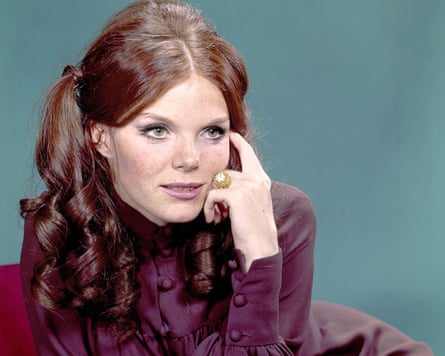
“Knowing I was not getting along with Wyler, I was scared stiff all the time,” she said in 1966. “Terrified. During the whole four months that I was slogging away at the film, Wyler never even let me have lunch. He made me rehearse right through the lunch period. And I never knew how I was doing. Wyler never said, ‘Well done’ or anything like that. It was a grim time of my life.” She lost 14 pounds during the shoot. “Sheer hell” was her verdict. Wyler said directing her was “like carving soap”.
The other high point of her career was The Brood (1979). She plays Nora, a woman denied access to her daughter as her marriage falls apart. Undergoing rage therapy, she gives birth to her grievances and traumas in the form of smudge-faced mutant offspring. These hideous creatures then scamper off to do her murderous bidding.
David Cronenberg was inspired to make The Brood after his divorce. “I can’t remember how we fixed on Samantha,” he said, “but she looked a little like my ex-wife.”
Eggar’s scenes, which were shot in just four days, were static face-offs with Oliver Reed, who played her therapist. She had known Reed from childhood, when, as he put it in his autobiography Reed All About Me, they played “mothers and fathers”. “He wrote that [I was] his first girlfriend,” she said. “I made him a cake out of plasticine. I must have been all of three.”
Cronenberg recalled that Eggar “really understood the movie; she said that it reminded her of her own childhood. To me that meant she was seeing past the horror-fantasy elements to the psychological elements, which were really the basic underpinning of the movie.” In a 2014 interview, Eggar sang the film’s praises, calling her role “Shakespearean”.
The Collector and The Brood proved Eggar’s fearlessness in handling intense material, but she was also adept at lighter fare. She sparked amusingly with Cary Grant in his final film, Walk, Don’t Run (1966), an updated version of the 1943 comedy The More the Merrier, set in Tokyo during the 1964 Olympics. Grant’s character elbows his way into Eggar’s tiny apartment after she advertises for a flatmate, then plays Cupid between her and the athlete to whom he sublets half his space.
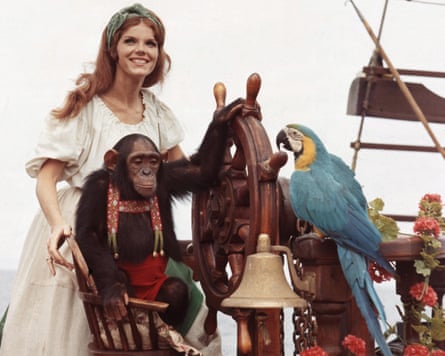
She went straight from that into the disastrous year-long production of Doctor Dolittle (1967), starring Rex Harrison as the 19th-century veterinarian who can converse with his patients. Eggar played Emma Fairfax, who accompanies the title character on his voyage to find the Great Pink Sea Snail.
“I loved being around the animals,” she said. “But then the trainers got hepatitis [from bites] three times. So we were always being jabbed with these big long injection needles.” She also complained of a “ghastly headache” from all the singing, though she was replaced by a voice double for some songs. The film became one of the biggest box-office flops in cinema history. Then again, Eggar got “13 costume changes and a free trip to the Caribbean. Who’s complaining?”
She was born in London to Ralph, a brigadier, and Muriel (nee Palacha-Bouma), who drove ambulances during the second world war. She was raised in Bledlow, Buckinghamshire, and educated at St Mary’s Providence Convent in Woking, Surrey, before studying fashion design at the Thanet School of Art in Margate, Kent. She then enrolled at the Webber Douglas Academy of Dramatic Art in London, where Stamp was one of her classmates.
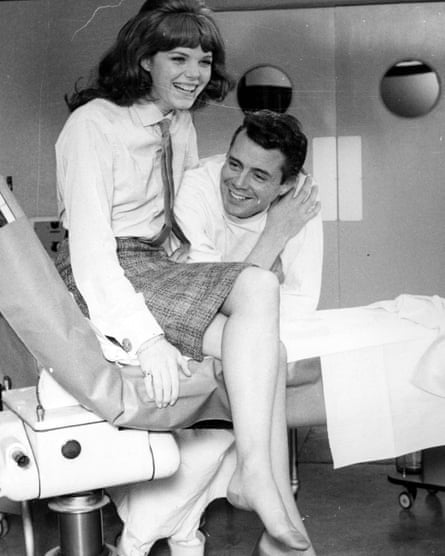
Before she could graduate, she landed a part in Cecil Beaton’s play Landscape With Figures (initially titled The Gainsborough Girls), starring Donald Wolfit as Gainsborough, in Brighton in 1959.
It was in the Royal Court’s 1962 production of A Midsummer Night’s Dream, in which she played Titania in a cast which also included David Warner, Lynn Redgrave and Ronnie Barker, that she was spotted by the producer Betty Box and cast in the campus drama The Wild and the Willing (1962). John Hurt and Ian McShane also made their screen debuts in the film. “We were like puppies, really,” said Eggar.
In the same year, she was the killer’s lover in Dr Crippen, opposite Donald Pleasence in the title role. She co-starred with Dirk Bogarde in the comedy Doctor in Distress (1963) and the following year played the damaged younger sister of the blind protagonist (Patricia Neal) in the thriller Psyche 59.
Following the horror of Return from the Ashes (1965), in which she is drowned before she can execute her plan to kill her stepmother, who is a concentration camp survivor, Eggar announced: “It’s time I stopped being murdered in baths.” (The Collector also included an instance of peril in the tub.)
Walk, Don’t Run might have been the tonic she needed had she not given birth to her first child a fortnight earlier. A request for more time off led the studio to threaten a lawsuit. Stuck in Tokyo without her baby, she was “deeply, deeply sad”.
She and Richard Burton were scheduled to headline a musical version of Goodbye, Mr Chips, which eventually emerged in 1969 starring Peter O’Toole and Petula Clark. Eggar said in 2012 that Elizabeth Taylor was “nervous of Richard and I making the movie together. The next thing, we were both out of the film. But we did get paid.”
Her Hollywood career peaked with the 19th-century mining drama The Molly Maguires (1970), starring Sean Connery and Richard Harris. In the same year, she played women caught up in criminal schemes: pressured into being an accomplice to a robbery in The Walking Stick, and almost framed for murder in The Lady in the Car With Glasses and a Gun.
Eggar then veered off into horror movies, including The Dead Are Alive (1972), The Uncanny (1977), Demonoid (1981) and Curtains (1983). She also played the wife of Dr Watson (Robert Duvall) in The Seven-Per-Cent Solution (1976), which starred Nicol Williamson as Sherlock Holmes.
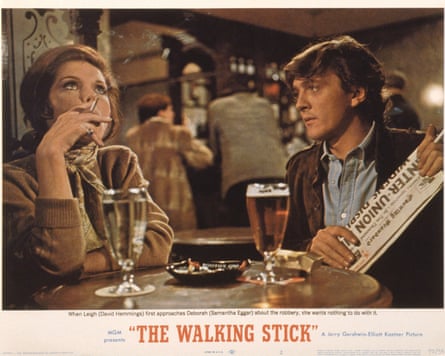
It was television, though, that dominated her career. From the early 1970s, when she was one of the leads on Anna and the King (1972), a non-musical TV spin-off of The King and I with that film’s star Yul Brynner, there was scarcely a US show on which she did not appear, from Columbo, Starsky & Hutch and Hawaii Five-O to The Love Boat, Murder, She Wrote and Star Trek: The Next Generation.
Her last film roles included the voice of Hera in Disney’s Hercules (1997) and a doctor in the thriller The Astronaut’s Wife (1999) with Johnny Depp and Charlize Theron.
In 1966, she claimed to “hate” Hollywood: “All anyone there talks about is themselves or what movie is grossing what.” Nevertheless, Los Angeles was her home. “I’ve had a private life,” she said. “Nobody knew what I was doing. Hopefully.”
She is survived by her children, Nicolas, a film producer, and Jenna, an actor, from her 1964 marriage to the actor Tom Stern, which ended in divorce in 1971.

 4 hours ago
8
4 hours ago
8

